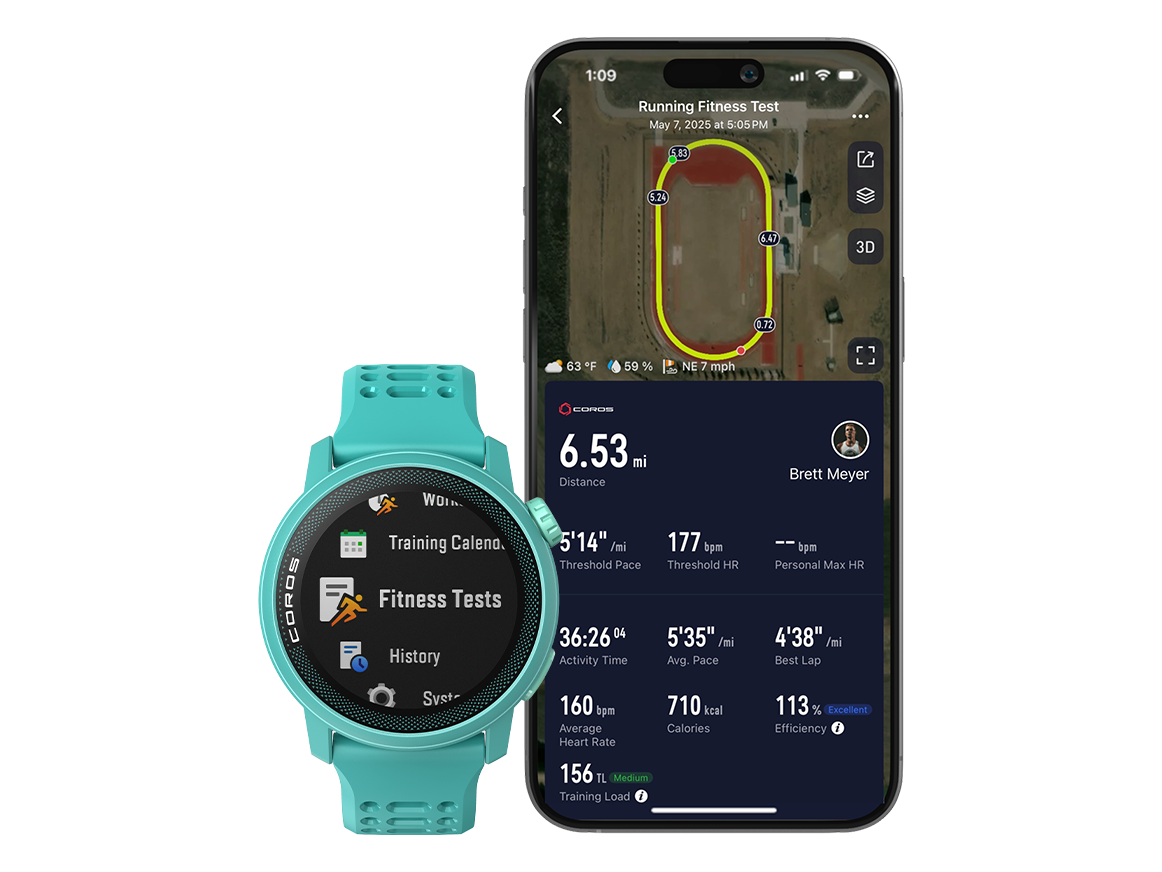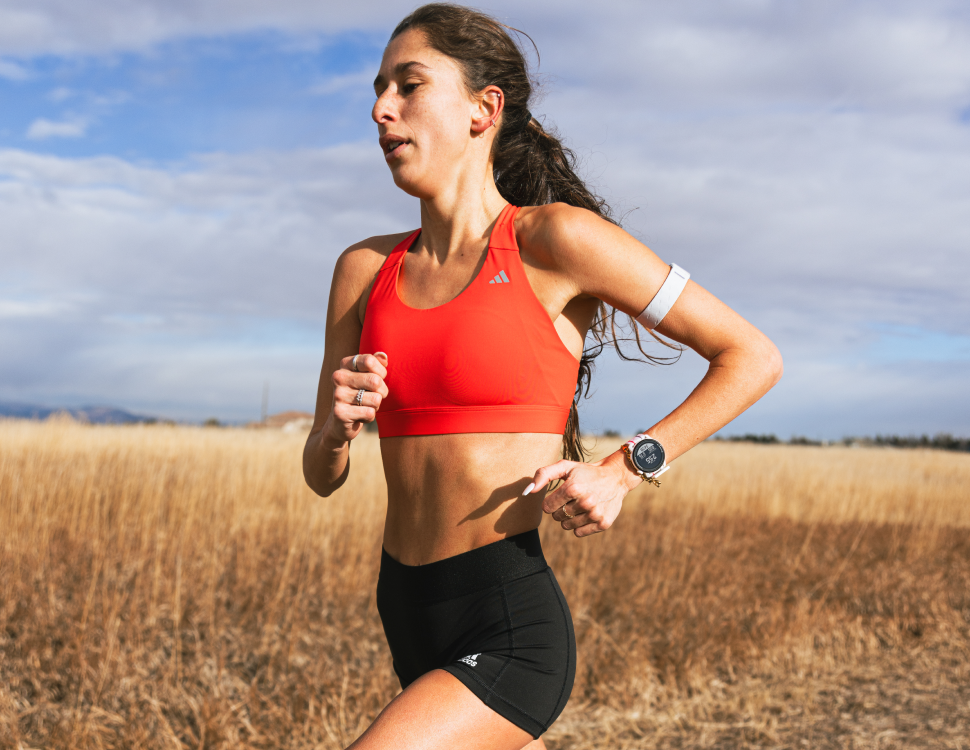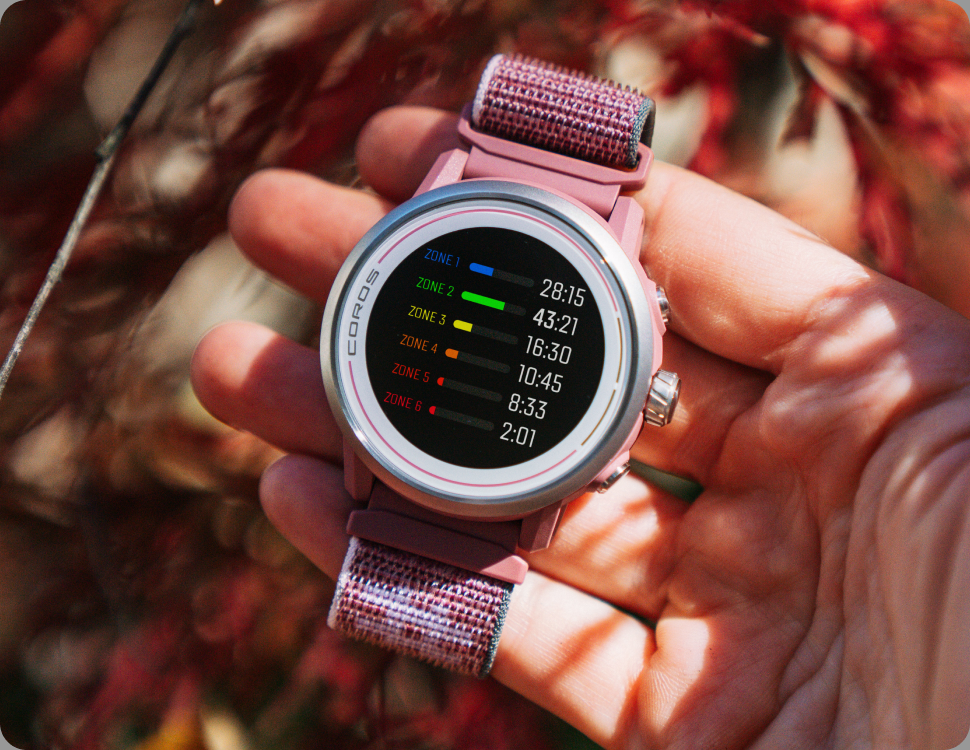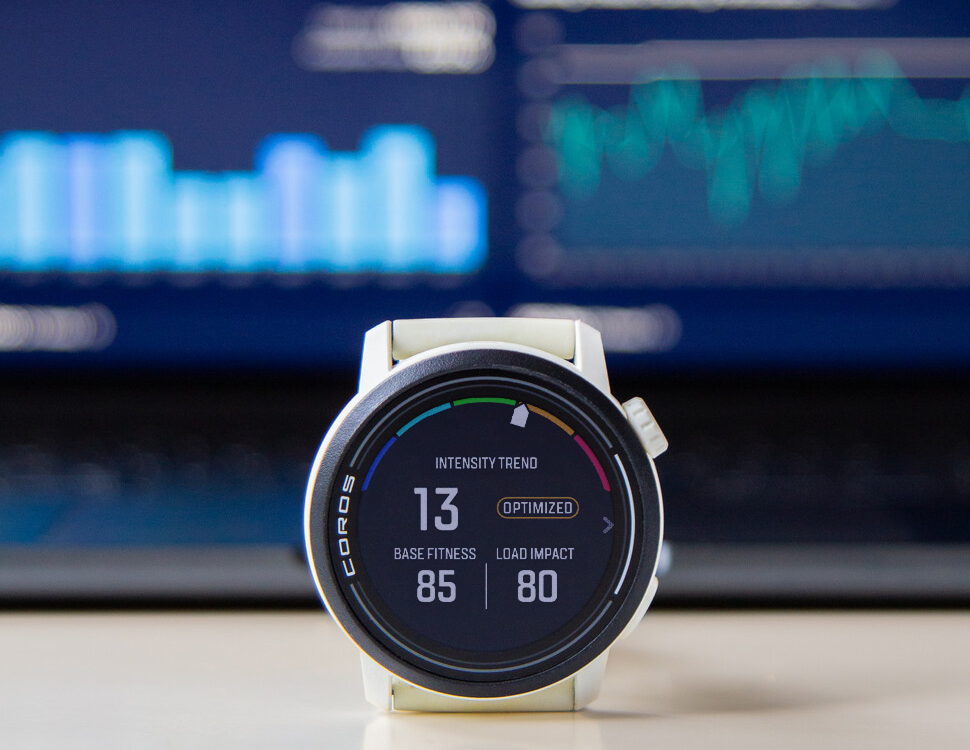In the sports community, athletes have used tools like heart rate, pace, or power to keep track of their training. These are all useful metrics, but each presents limitations at some point. Heart rate can lag during intervals or spike due to non-exercise stress. Power, while excellent for cycling, often lacks the consistency and intuitive feedback runners need. GPS pace is perhaps the most familiar tool for runners, but it only shows how fast you’re moving without considering how hard you’re working.
To address this, some platforms introduced Grade Adjusted Pace (GAP), which adjusts pace to account for hill grade. GAP quickly gained popularity, especially among trail runners. However, GAP is built using population data. Strava, for example, created its GAP formula using data from over 240,000 athletes. While this offers broad reproducibility, it lacks personalization.
The Rise of Effort Pace
COROS athlete Kilian Jornet, with the help of PickleTech (a team of data scientists specializing in scientific AI), previously used 760 hours of activities to recreate an individualized version of the GAP as seen in the photo below. Those results proved that using historical data from a single individual, GAP could be individualized for training purposes.
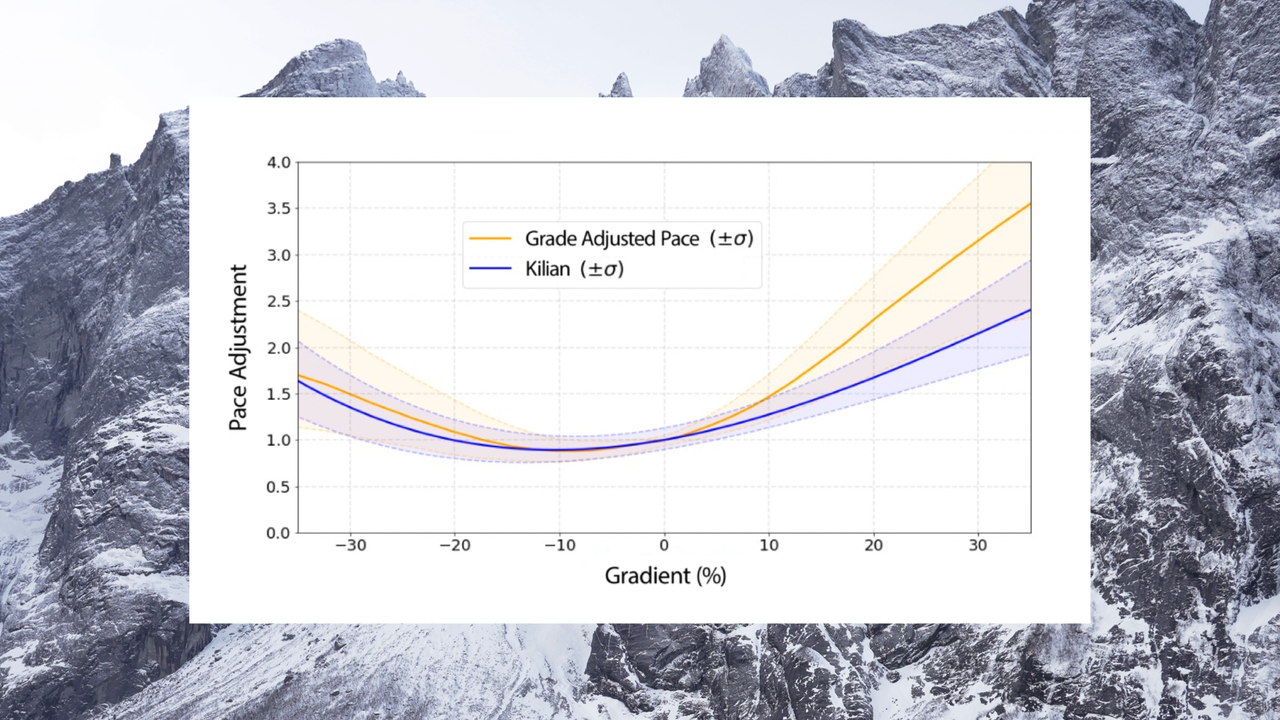
Individualized GAP model from Kilian Jornet's data. Image by PickleTech.
With Effort Pace, COROS provides a fully individualized metric based on historical data of each athlete. The EvoLab algorithm will fine-tune your personal model according to your strengths and weaknesses. It learns from your personal training history to reflect how you specifically respond to different gradients.
To learn more about PickleTech and Kilian's GAP model, check out their Individualization GAP Model Blog.

How To Use Effort Pace
Effort Pace is shown on your screen during Trail Run activities by default, but it can also be added to other activity types by customizing your activity data pages. We suggest using Effort Pace as your main intensity metric whenever you are out of the traditional flat road sections where your effort will fluctuate over a short period.
Each run (road, track, or trail) that falls within EvoLab criteria, will be used to improve the Effort Pace algorithm and ensure it remains as individualized as possible. As of now, Effort Pace gives you a true representation of your internal effort displayed into the external metric (pace) that runners know and trust.
Effort Pace also plays a role in calculating Training Load for road and trail runs, ensuring that all of your EvoLab metrics are accurate and tailored to how hard you are working.
Effort Pace only adjusts for hill grade. It does not factor in weather or altitude, yet it still gives a clearer picture of effort when terrain changes.

Effort Pace is also supported in the COROS workout builder on the COROS app and Training Hub. That means you can plan your sessions around actual effort zones, even on varied terrain.
Looking to start training with Effort Pace? Check out the structured workouts available for download in the COROS Training Library and COROS app.
/fit-in/0x18/coros-v2/images/common/logo_black.png)
